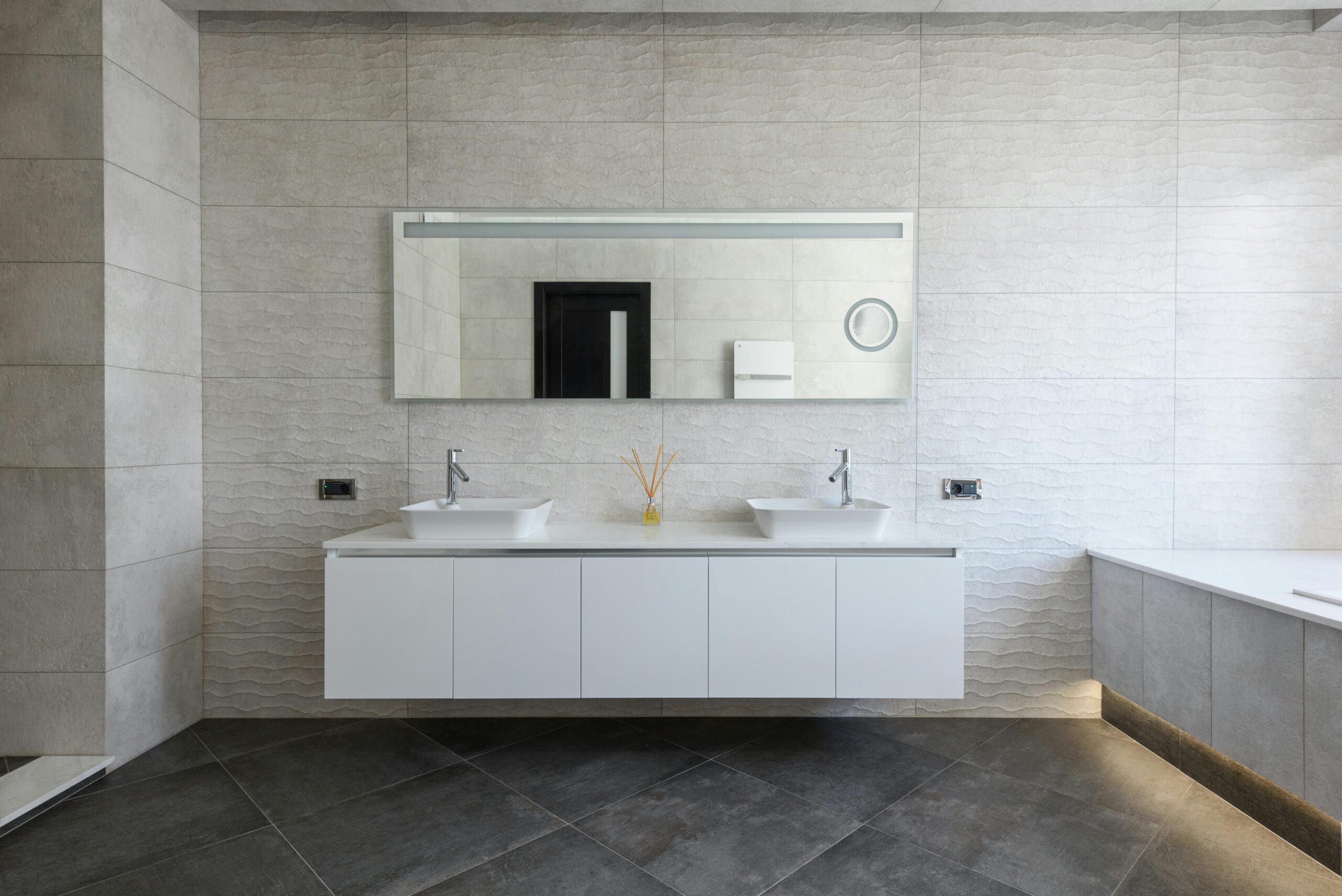The Rise of Wellness Design: Crafting Healthy & Serene Luxury Home Interiors
For decades, luxury interior design was a language spoken in opulence: gleaming marble, rare woods, and designer labels. It was a visual feast, a testament to success. Yet, in our hyper-connected, high-stress world, a quiet revolution is underway. We are beginning to ask more of our homes. We don’t just want them to look beautiful; we need them to feel beautiful, to function as a genuine sanctuary that restores our minds and bodies. The problem is that traditional luxury can sometimes feel cold or sterile, failing to address our deep-seated need for tranquility and health. This guide moves beyond mere aesthetics. It provides a blueprint for transforming your home into a life-enhancing environment, grounding the concept of “wellness design” in actionable principles that merge serene living with sophisticated style.
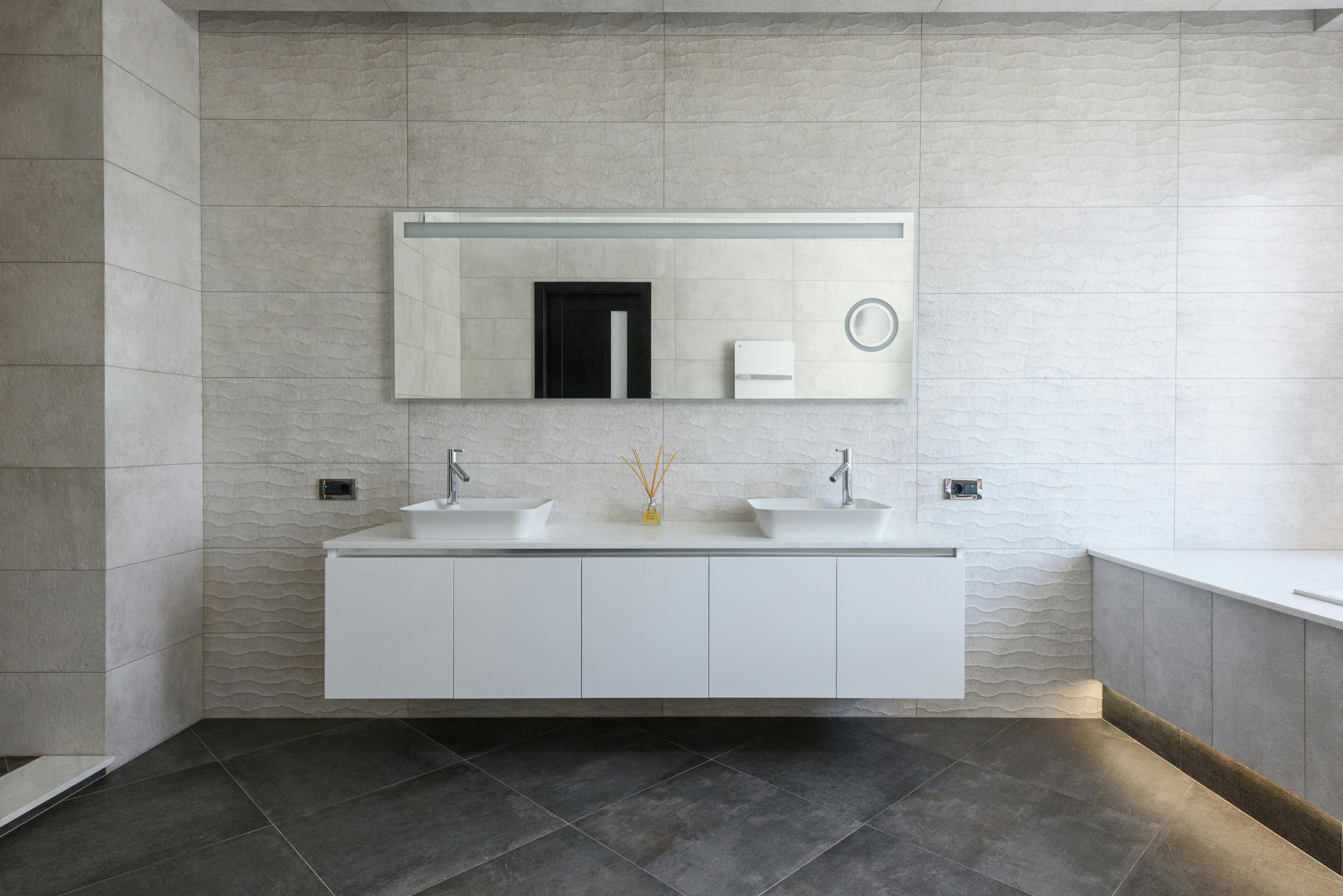
This Photo was taken by Max Vakhtbovycn.
Defining the new luxury: The science of serene living
So, what is wellness design? It’s an evidence-based approach that designs and builds spaces to actively support the holistic health of their occupants. Think of it as the next evolution of high-end living, where the ultimate luxury isn’t a brand name, but your own well-being. It goes deeper than fleeting trends by focusing on scientifically-backed pillars that impact everything from your sleep quality to your stress levels.
While it shares principles with other important movements, it’s crucial to understand the distinctions. For instance, biophilic interior design, the practice of connecting with nature indoors, is a vital component of wellness design, but not the whole picture. Similarly, creating sustainable and stylish home interiors is often a parallel goal, as non-toxic, natural materials benefit both the planet and your health. Wellness design is the overarching philosophy that synthesizes these elements into a cohesive, health-first strategy for your home.
The foundational pillars of a healthy home
To truly craft a wellness-focused interior, you must look beyond surface-level decor. The most significant impacts come from foundational elements that influence how you feel, breathe, and rest within your space.

This Photo was taken by Zura Modebadze.
The air you breathe: The invisible foundation
Indoor air can be significantly more polluted than outdoor air, according to the U.S. Environmental Protection Agency. Volatile Organic Compounds (VOCs) off-gas from paints, furnishings, and cleaning supplies, impacting respiratory health and cognitive function. A wellness-first approach prioritizes clean air through:
- Material selection: Opting for low-VOC or zero-VOC paints, natural fiber textiles like organic cotton and linen, and solid wood furniture over manufactured woods containing formaldehyde-based glues.
- Advanced filtration: Integrating HEPA filters into your HVAC system to capture microscopic pollutants, dust, and allergens.
- Natural ventilation: Designing for cross-ventilation to regularly flush out stale air and bring in fresh oxygen.
The sound of silence: Mastering acoustic comfort
Constant, low-level noise from traffic, appliances, or neighbors elevates cortisol, the body’s primary stress hormone. Creating acoustic comfort is not about total silence, but about control. It’s about designing zones for quiet contemplation and ensuring disruptive sounds are minimized.
- Soft surfaces: Using plush rugs, heavy drapes, upholstered walls, and textured art to absorb and dampen sound.
- Structural solutions: Incorporating acoustic insulation within walls and selecting solid-core doors to isolate rooms like bedrooms and home offices.
- Thoughtful layout: Placing quiet zones, like a reading nook or meditation corner, away from high-traffic areas and sources of noise.

This Photo was taken by Mateus Oliveira.
Let there be (the right) light: Circadian-aligned illumination
Light is one of the most powerful tools in wellness design. Our bodies have an internal 24-hour clock, or circadian rhythm, that is regulated by light exposure. Disrupting this rhythm can lead to poor sleep and mood imbalances. A sophisticated lighting plan supports this natural cycle. You can learn more about advanced lighting techniques that consider both beauty and biology. Key strategies include:
- Tunable lighting: Installing smart lighting systems that shift in color temperature throughout the day, mimicking the sun’s path with cool, energizing light in the morning and warm, calming light in the evening.
- Layering light: Combining ambient (general), task (focused), and accent (dramatic) lighting to create moods and support different activities, all with dimmer controls.
- Maximizing daylight: Using sheer window treatments and strategically placed mirrors to amplify natural light during the day.
Wellness meets wealth: The materials and technology of healthy luxury
Adopting wellness design doesn’t mean sacrificing the opulent feel of a luxury home. In fact, it enhances it. The focus shifts to a deeper, more authentic form of quality. This involves selecting materials and furnishings that are as healthy as they are beautiful.
For instance, instead of a standard sofa, you might invest in a piece from a brand that prioritizes both impeccable design and non-toxic, natural upholstery. Finding the premier choice in luxury furniture means looking at craftsmanship and material integrity. Think natural stone countertops free of harmful sealants, organic wool carpets that also act as natural air purifiers, and handcrafted wood furniture finished with natural oils instead of chemical lacquers. Smart home technology also plays a key role, from automated blackout shades that ensure complete darkness for sleep to water filtration systems that provide pure water from every tap.
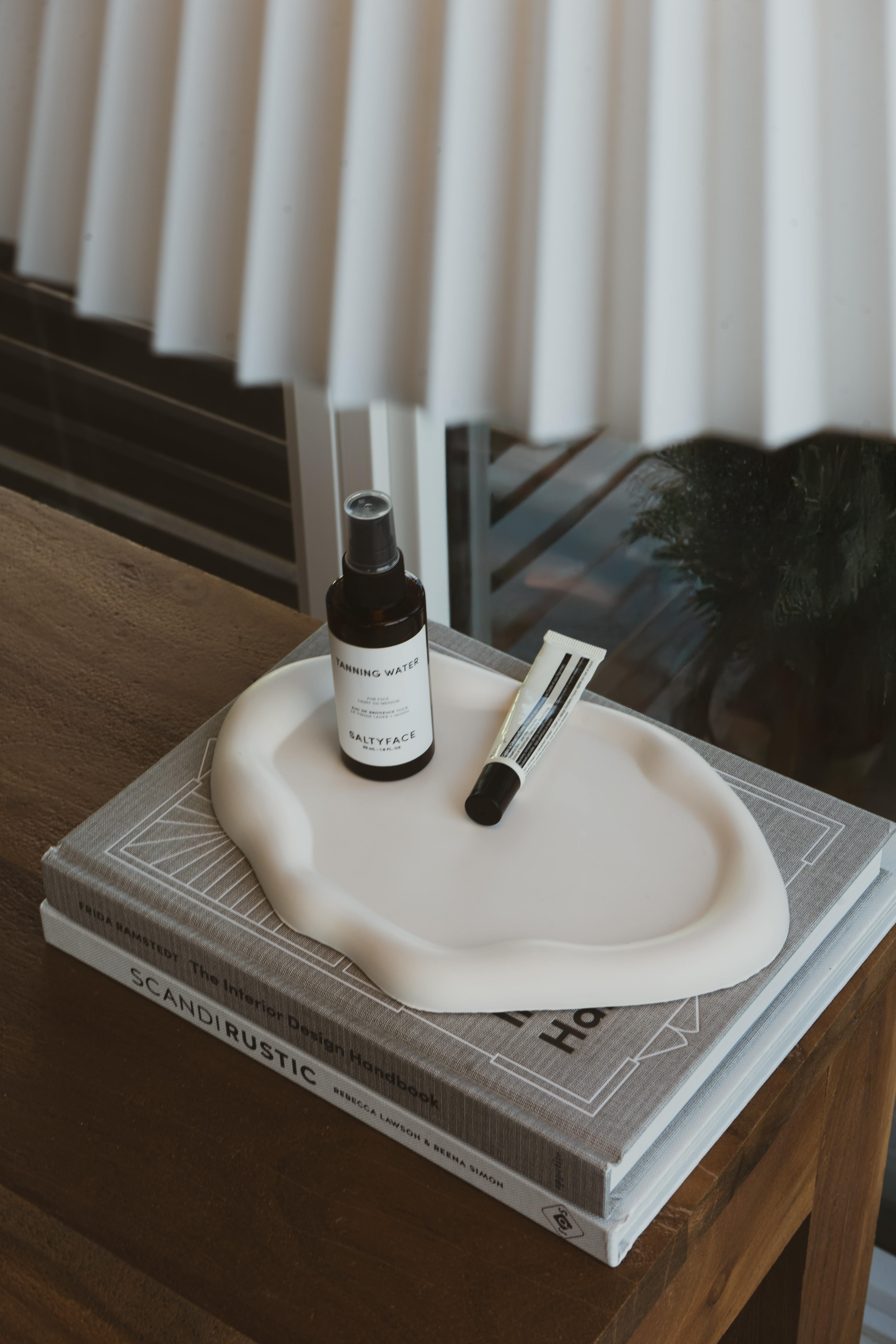
This Photo was taken by Danielle Block.
The growing demand for wellness interiors: A look at the numbers
This shift is not just anecdotal; it’s a rapidly growing market. The Global Wellness Institute has tracked this explosive growth, highlighting how consumers are increasingly willing to invest in homes that promote health. This data underscores that wellness design is a durable trend rooted in a fundamental change in consumer values.
| Wellness Real Estate Market Indicator | 2023 Valuation | 2025 Projected Growth |
|---|---|---|
| Global Market Size | $398 Billion | +18% |
| Consumer Priority on “Healthy Home” | 65% (High Priority) | Projected to exceed 75% |
| Investment in Air/Water Purification Tech | $22 Billion | +25% |
Source: Projections based on Global Wellness Institute and market analysis reports.
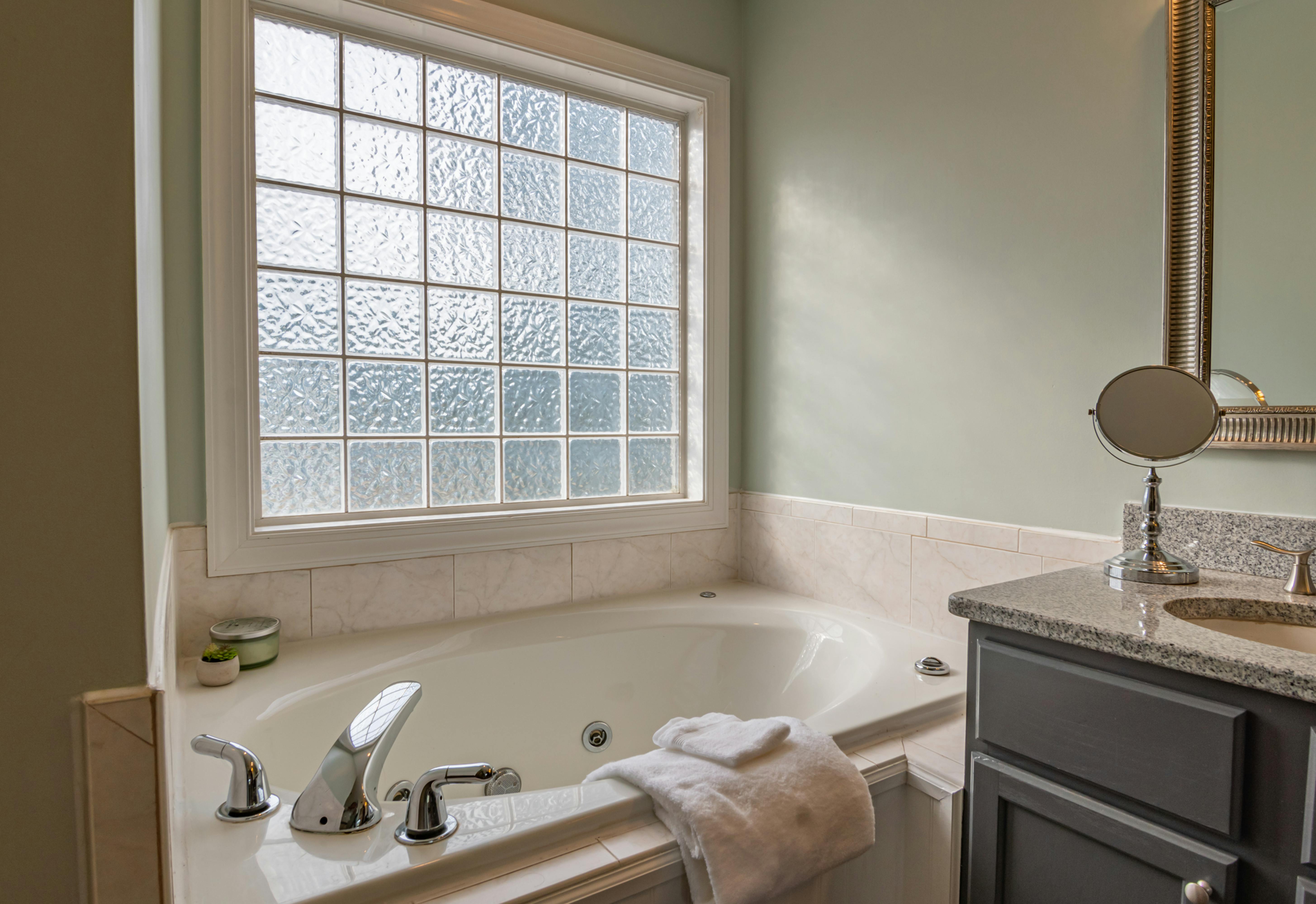
This Photo was taken by Curtis Adams.
Your wellness design questions, answered
Is wellness design more expensive than traditional luxury design?
Not necessarily. While some advanced technologies like circadian lighting systems can have a higher upfront cost, many principles are about smart, intentional choices rather than price tags. Opting for a low-VOC paint or maximizing natural light is a design decision, not just a budget line. Often, it’s about reallocating funds toward elements with the greatest health impact.
What is the easiest way to start incorporating wellness principles?
Start with the two things that impact you most: air and light. First, improve your air quality by introducing air-purifying plants, switching to natural cleaning products, and regularly opening windows. Second, pay attention to your lighting. Replace harsh, cool-toned bulbs in bedrooms with warm, dimmable options to support better sleep, a concept backed by sleep science from institutions like the Sleep Foundation.
Can a minimalist home also be a wellness-focused home?
Absolutely. Minimalism’s focus on decluttering and intentionality aligns perfectly with wellness design. A space free from visual clutter reduces mental noise and stress. The key is to ensure the minimalist aesthetic is layered with warmth, texture, and natural elements to avoid feeling sterile.
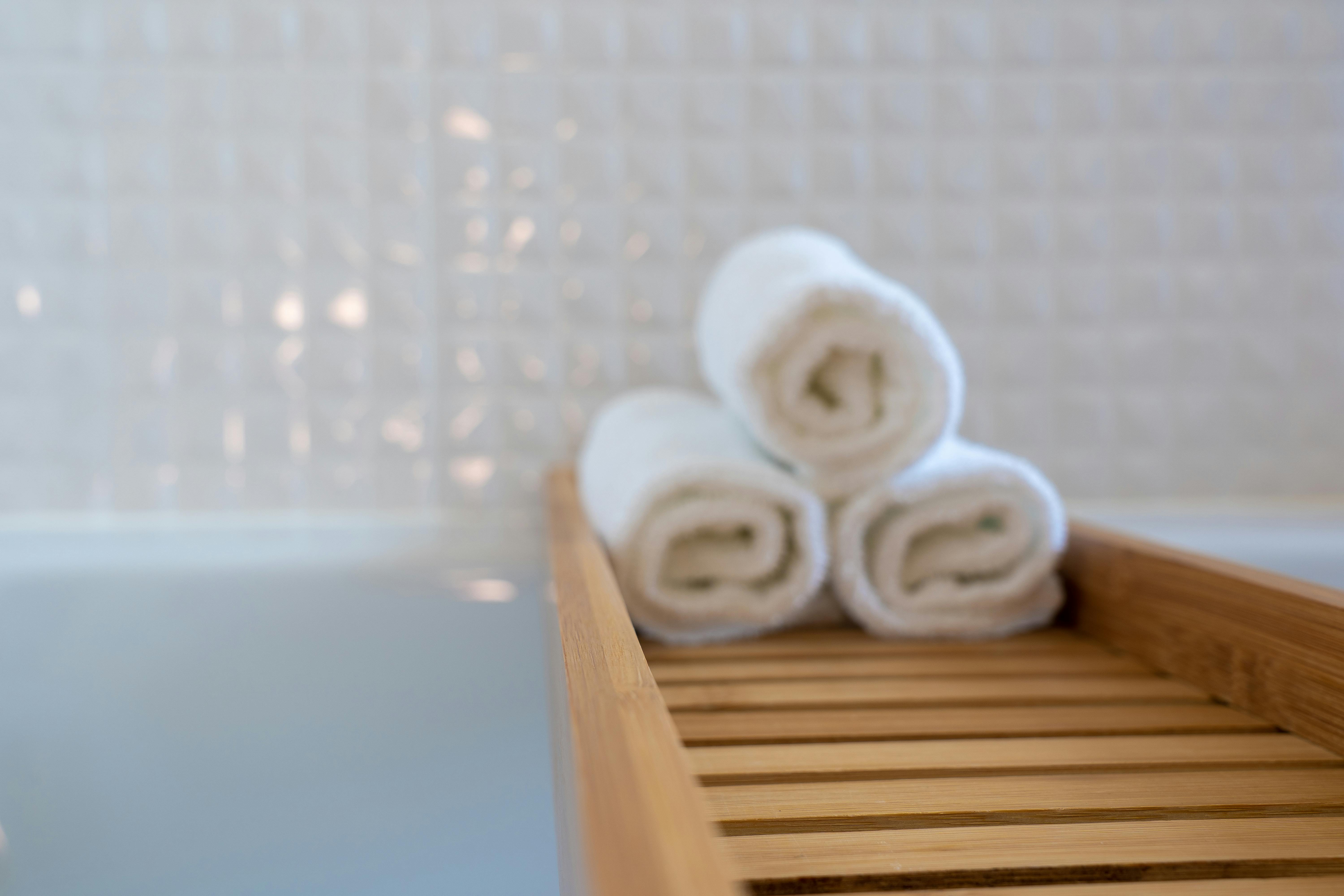
This Photo was taken by Castorly Stock.
Your blueprint for a life-enhancing home
Ultimately, the rise of wellness design marks a profound shift in our definition of luxury. It’s an evolution from a home that passively impresses guests to one that actively enhances your life. This is not about chasing a fleeting trend but about making a long-term investment in your most valuable asset: your health and peace of mind. By focusing on the core pillars—clean air, controlled acoustics, intelligent lighting, and a connection to nature—you are not just decorating. You are engineering a space for resilience, restoration, and genuine tranquility. The “so what?” is simple: your home holds the power to be more than a status symbol. It can be your personal sanctuary, a meticulously crafted environment that supports your best, healthiest self every single day. That is the new, and most authentic, form of luxury.
